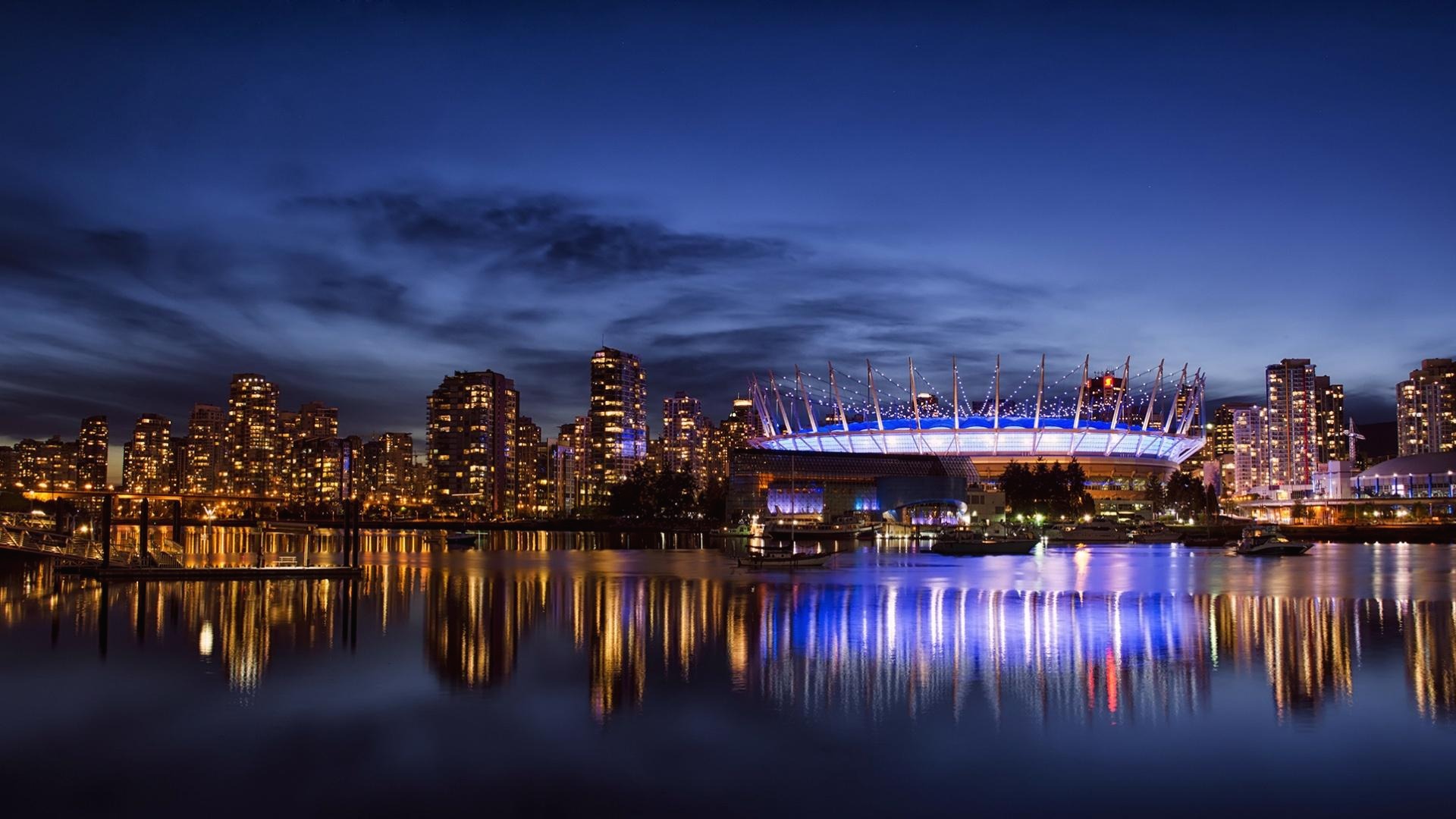Corvus Energy inherently gas-safe marine fuel cell system awarded type approval by DNV
Receiving type approval from DNV, a leading maritime classification society, confirms that the Corvus Pelican Fuel Cell System meets the most stringent performance and safety standards required by the maritime industry.
Olaf Drews, Head of Engines & Pressurized Equipment Maritime said: "It is a special fuel cell system, because the Pelican uses nitrogen for inerting of the fuel cell space. It is the first fuel cell system that uses this technology and this brings it to a very preferred safety level. This is a milestone, and we look forward to the first ship project."
Despite technology improvements and advancements in battery electric vessels, most vessels cannot achieve zero-emission operations for extended periods of time using batteries alone. For vessels on longer routes and vessels that are unable to charge often enough, we need to add clean fuel and fuel cells to enable extended zero-emission capabilities.
Corvus' CEO, Fredrik Witte, is clear on the success factors for the project: “Toyota's unsurpassed knowledge in developing high-quality and efficient fuel cells, in addition to the strong collaboration and high level of maritime experience among the partners in this development project, has been key. This is a milestone for net zero shipping. We now have a high-quality range extender to add to our existing ESS portfolio with the scalability and the safety needed to be a real driver in the future of marine decarbonisation.”
Proven in more than 30 000 cars worldwide, the building block of the Pelican FCS is a proton exchange membrane (PEM) fuel cell module from Toyota. According to Thiebault Paquet, Vice President of Toyota Hydrogen Factory Europe: “DNV Type Approval demonstrates that Toyota fuel cell technology is transferable to the marine sector and is a viable solution to support maritime decarbonisation efforts.”
Combining proven fuel cell technology with a built-for-maritime design, the inherently gas-safe Corvus Pelican Fuel Cell System significantly streamlines integration with ship systems. In addition, to optimise power distribution between the fuel cell and energy storage systems, Corvus is developing a real-time advisory system for the shipowner called Corvus CoPilot – a proprietary digital solution designed to increase energy efficiency, enhance performance and extend system lifetime. Corvus CoPilot is complimented by Corvus’ robust digital solutions for energy storage, which include remote performance monitoring, troubleshooting, and State of Health Testing that are unmatched within the industry.
The first Corvus Pelican Fuel Cell System is produced and ready to be installed onboard 'MS Skulebas', a 35 m fishing and training vessel owned by Vestland County and operated by Måløy Upper Secondary School in Norway. The vessel already has a 1 MWh battery system onboard. By adding the Corvus Pelican Fuel Cell System and hydrogen storage, the vessel will be able to operate for 4 days on zero emission.
'Fuel Cell' 카테고리의 다른 글
| ボルボが2030年完全EV化を撤回 目標調整の背景を分析 (0) | 2024.09.10 |
|---|---|
| トヨタ、BMWと提携拡大 燃料電池車で次世代狙う 世界的なEVの販売失速 好調なHV背景に「全方位戦略」一気に加速か (0) | 2024.09.10 |
| ‘수소 드림’ 꾸는 HD한국조선해양, 연료전지 몸집 키운다 (3) | 2024.09.09 |
| 차세대 고체산화물 연료전지 시장 커진다, SK·두산·HD현대 수주 각축전 (0) | 2024.09.09 |
| BMW explains why it will sell hydrogen fuel cells in 2028 (2) | 2024.09.06 |


